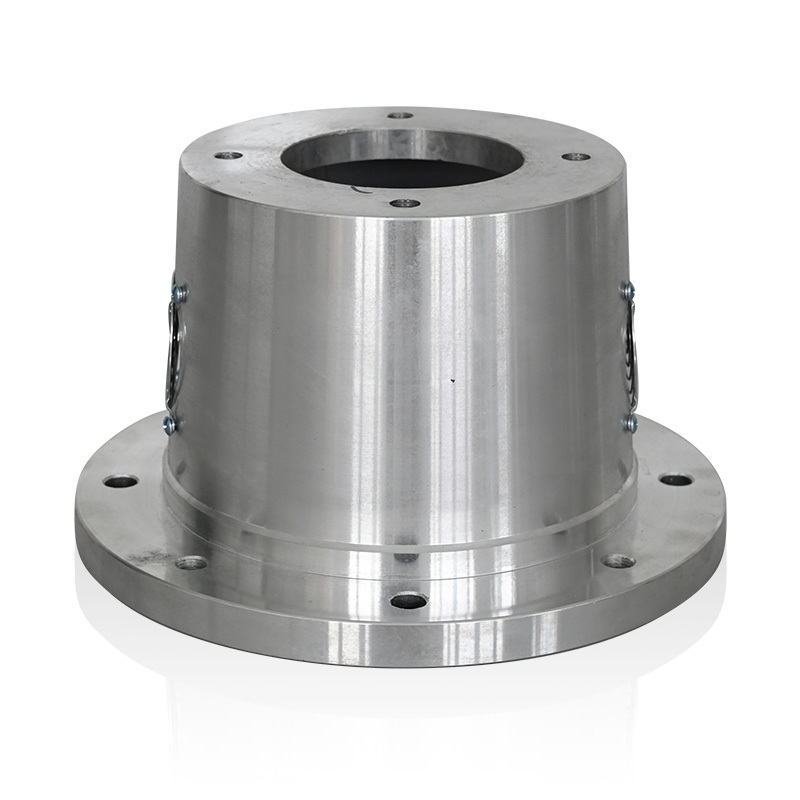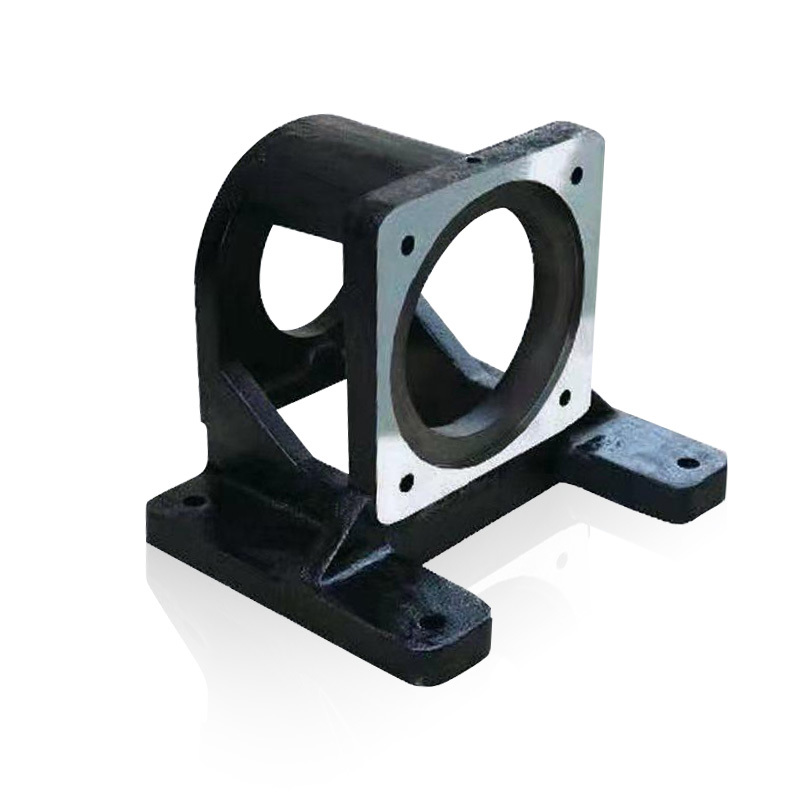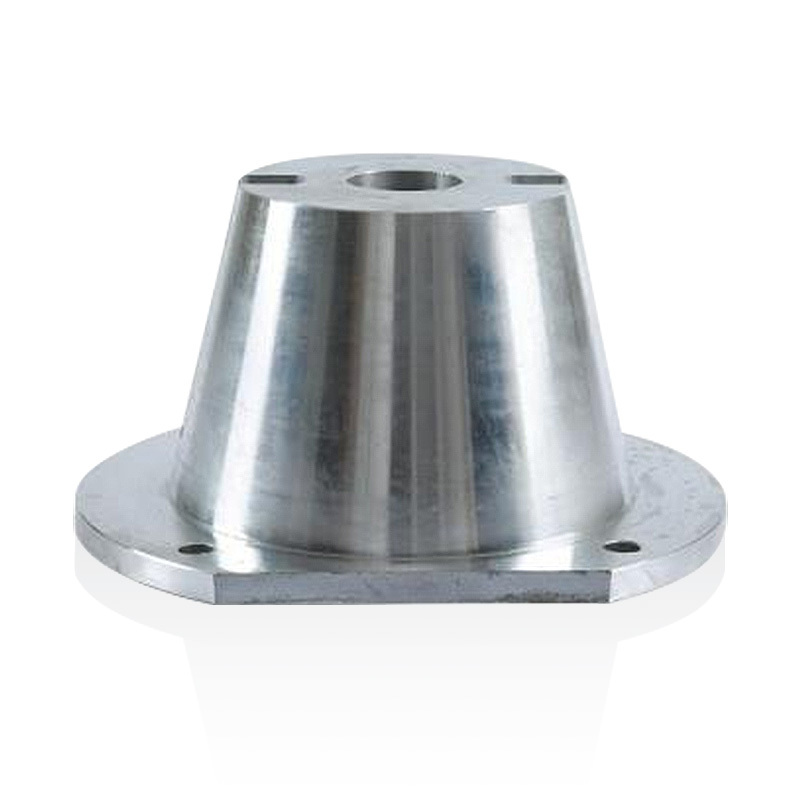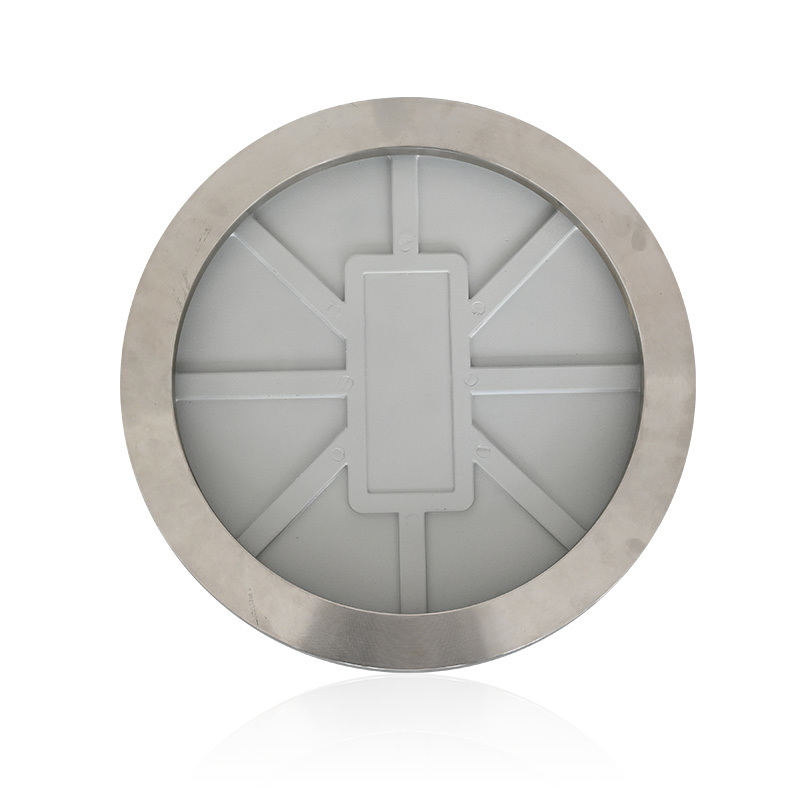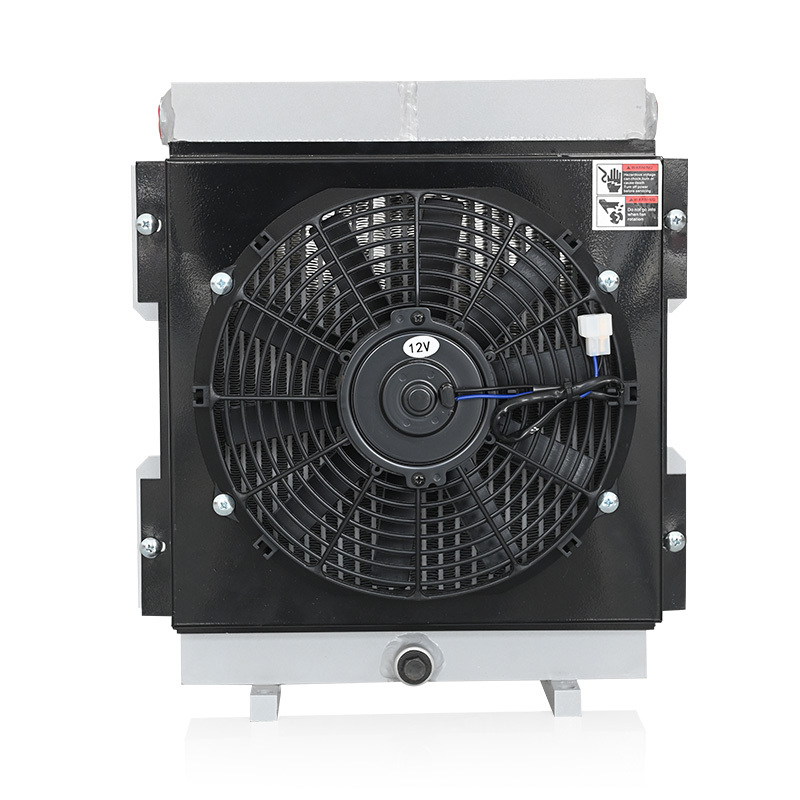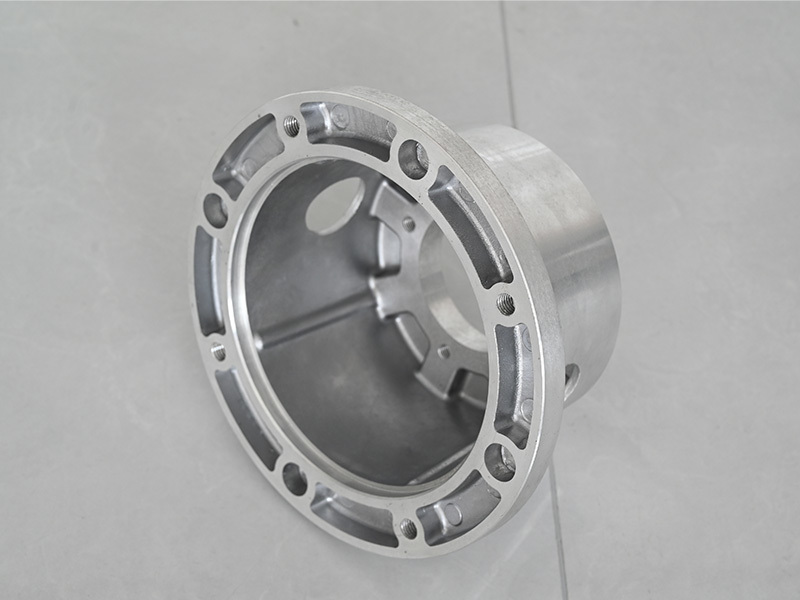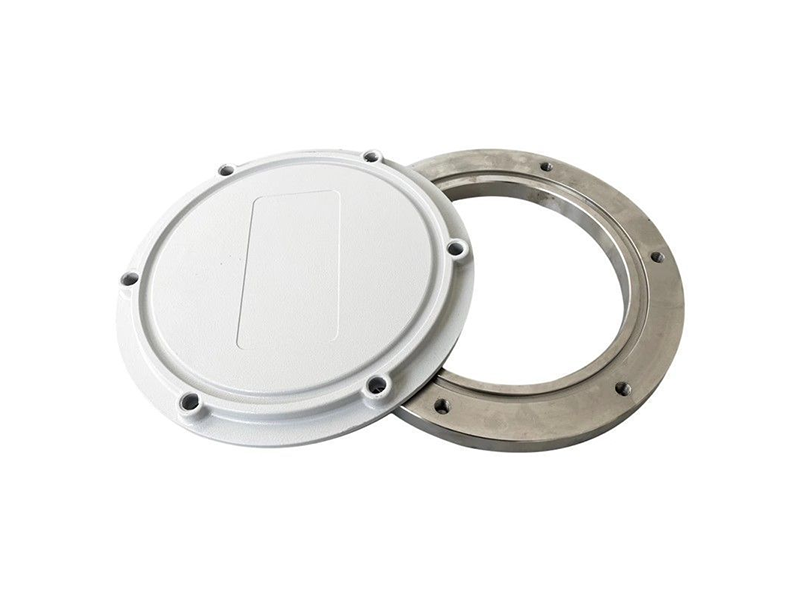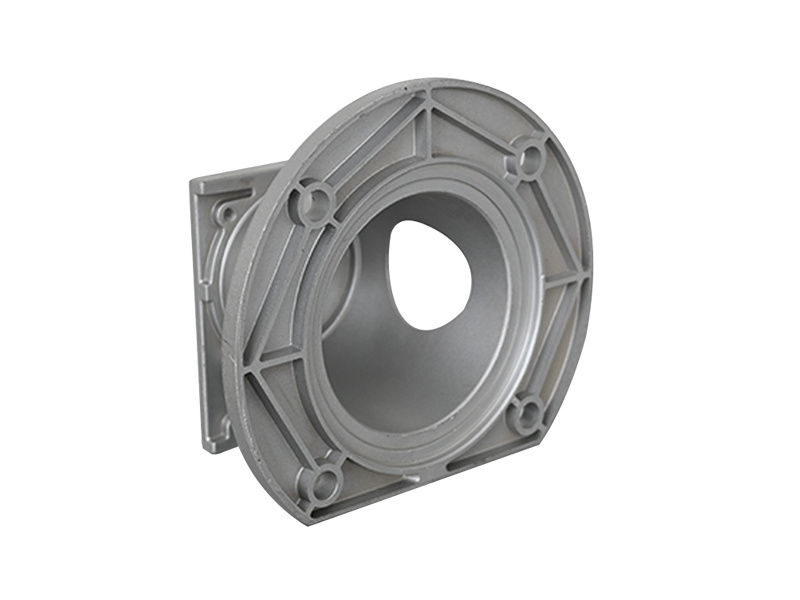Understanding Hydraulic Pump Bell Housing for Mining Equipment
Release Time:
Aug 06,2025
Hydraulic pump bell housing is a critical component in mining equipment that plays a pivotal role in ensuring operational efficiency and reliability. Designed to house hydraulic pumps, this component serves as a protective casing that not only secures the pump in place but also shields it from external contaminants and mechanical damage. In the demanding environment of mining operations, where equ
Hydraulic pump bell housing is a critical component in mining equipment that plays a pivotal role in ensuring operational efficiency and reliability. Designed to house hydraulic pumps, this component serves as a protective casing that not only secures the pump in place but also shields it from external contaminants and mechanical damage. In the demanding environment of mining operations, where equipment is subjected to harsh conditions, the importance of a robust and well-designed bell housing cannot be overstated.
One of the primary functions of the hydraulic pump bell housing is to provide structural integrity to the hydraulic pump. By maintaining the correct alignment and positioning of the hydraulic pump, the bell housing helps to prevent wear and tear on both the pump and the associated components. This alignment is particularly crucial in mining applications, where vibrations and shocks are common due to heavy machinery and rugged terrains. A well-fitted bell housing minimizes the risk of misalignment, thereby extending the lifespan of the hydraulic system.
Additionally, the bell housing plays a significant role in heat dissipation. Hydraulic pumps generate considerable heat during operation, and the bell housing can assist in managing this heat by facilitating airflow around the pump, thus preventing overheating. This is essential in maintaining optimal performance, as overheating can lead to reduced efficiency and potential failure of the hydraulic system.
When selecting a hydraulic pump bell housing for mining equipment, there are several factors to consider. The material of construction is paramount; it should be durable enough to withstand the rigors of mining environments, including exposure to dust, moisture, and corrosive substances. Common materials include high-grade aluminum or reinforced steel, which offer a good balance of weight and strength.
Furthermore, compatibility with the specific hydraulic pump and mining equipment is essential. The dimensions and mounting configurations must match precisely to ensure proper fit and function. Engineers and maintenance personnel should also pay attention to the design of the bell housing, as features such as drain holes or ventilation ports can enhance performance and maintenance accessibility.
Regular maintenance of the hydraulic pump bell housing is equally vital. Routine inspections should be conducted to identify any signs of wear, cracking, or corrosion. Addressing these issues early can prevent more significant problems down the line, contributing to uninterrupted operations and reduced downtime.
In conclusion, the hydraulic pump bell housing is a fundamental component that contributes significantly to the reliability and efficiency of mining equipment. By understanding its role, selecting the right materials, and maintaining it properly, operators can enhance the performance of their hydraulic systems and ensure their mining operations run smoothly. Investing time and resources in this area can yield substantial benefits, ultimately leading to improved productivity and profitability in the mining sector.
One of the primary functions of the hydraulic pump bell housing is to provide structural integrity to the hydraulic pump. By maintaining the correct alignment and positioning of the hydraulic pump, the bell housing helps to prevent wear and tear on both the pump and the associated components. This alignment is particularly crucial in mining applications, where vibrations and shocks are common due to heavy machinery and rugged terrains. A well-fitted bell housing minimizes the risk of misalignment, thereby extending the lifespan of the hydraulic system.
Additionally, the bell housing plays a significant role in heat dissipation. Hydraulic pumps generate considerable heat during operation, and the bell housing can assist in managing this heat by facilitating airflow around the pump, thus preventing overheating. This is essential in maintaining optimal performance, as overheating can lead to reduced efficiency and potential failure of the hydraulic system.
When selecting a hydraulic pump bell housing for mining equipment, there are several factors to consider. The material of construction is paramount; it should be durable enough to withstand the rigors of mining environments, including exposure to dust, moisture, and corrosive substances. Common materials include high-grade aluminum or reinforced steel, which offer a good balance of weight and strength.
Furthermore, compatibility with the specific hydraulic pump and mining equipment is essential. The dimensions and mounting configurations must match precisely to ensure proper fit and function. Engineers and maintenance personnel should also pay attention to the design of the bell housing, as features such as drain holes or ventilation ports can enhance performance and maintenance accessibility.
Regular maintenance of the hydraulic pump bell housing is equally vital. Routine inspections should be conducted to identify any signs of wear, cracking, or corrosion. Addressing these issues early can prevent more significant problems down the line, contributing to uninterrupted operations and reduced downtime.
In conclusion, the hydraulic pump bell housing is a fundamental component that contributes significantly to the reliability and efficiency of mining equipment. By understanding its role, selecting the right materials, and maintaining it properly, operators can enhance the performance of their hydraulic systems and ensure their mining operations run smoothly. Investing time and resources in this area can yield substantial benefits, ultimately leading to improved productivity and profitability in the mining sector.
Keywords:
You Can Also Learn More About Industry Trends


